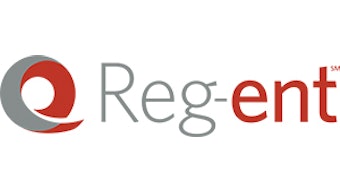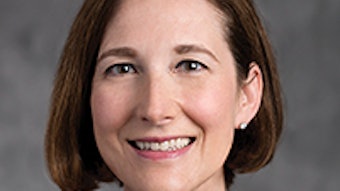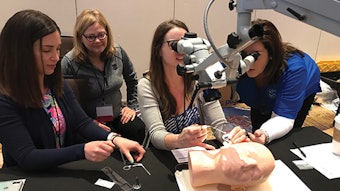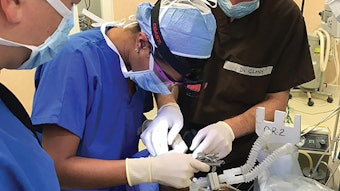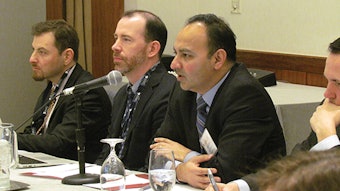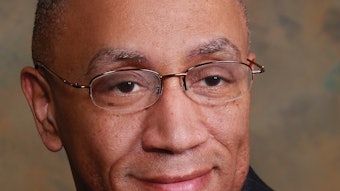Diversity and Inclusion: When We Default to Straight
The Diversity Endowment provides a critical base of funding for underrepresented minority groups to create programs that facilitate education about inclusion, place a greater emphasis on inclusion, and encourage exploration of the specialty by medical students everywhere.
Jeffrey Teixeira, MD
Donate to the Diversity Endowment Today
The Diversity Endowment provides a critical base of funding for underrepresented minority groups to create programs that facilitate education about inclusion, place a greater emphasis on inclusion, and encourage exploration of the specialty by medical students everywhere.
Your donation today will help fund:
- Annual grant awards for medical rotations in otolaryngology
- Medical Student and Resident Leadership Grants for the AAO-HNSF Annual Meeting & OTO Experience and the AAO-HNS/F Leadership Forum & BOG Spring Meeting
- Distinguished research prizes for meritorious medical student or resident papers
- CORE grant funding for research related to healthcare disparities that impact underrepresented patient populations or to support projects of young investigators
- Increased marketing outreach to training program directors and medical programs to encourage awareness of the specialty, its commitment to diversity, and the AAO-HNS
Help promote diversity and inclusion by donating to the Diversity Endowment at www.entnet.org/donate-to-diversity.
The presumed assumption that every male or female patient we meet in our exam rooms is cisgender and straight leads to more than just awkward moments. These assumptions can also lead to worse health outcomes for those patients.1 A quick search on Google reveals multiple examples of lesbian, gay, bisexual, transgender, and queer (LGBTQ) patient accounts of discrimination. What is surprising is that many of these situations are a result of casual discrimination, when healthcare providers are unaware of their own mistaken assumptions.
When practitioners default to thinking that all patients are cisgender and heterosexual, the message sent to LGBTQ patients is that they should not disclose their sexuality. These situations may threaten LGBTQ patients’ sense of safety and result in the withholding of information that may be critical to accurate and timely diagnosis and treatment. When patients feel scared to reveal their sexuality, they are less likely to contact providers or seek treatment. To deliver optimal care, providers should prioritize understanding their patients’ sexual orientation. While many providers worry that LGBTQ patients will not want to disclose their sexual orientation, a recent study shows that only a minority of patients will refuse to provide such information.2 When we ask patients about their sexual orientation, we communicate that we are recognizing them as part of a healthcare system where their individual needs are more likely to be met.
One scenario that is all too common is mislabeling significant others in the preoperative area. Such mischaracterization can significantly erode trust in the physician–patient relationship and subsequently negatively affect patient satisfaction and outcomes. Providers should ask family members who accompany patients how they are related instead of making assumptions. Updating patient intake forms to remove gender-specific terms can also lead to a more inclusive environment. For example, instead of entries for “mother” and “father,” use “parent 1” and “parent 2.” In addition, instead of asking patients, “What gender are your sexual partners?” a more appropriate question is, “Are your current or past sexual partners men, women, or both?” Not confusing gender with sexuality is an important distinction for LGBTQ patients and communicates that their providers are informed and aware of issues that affect them. By not automatically defaulting to heterosexuality or cisgender status, providers demonstrate a level of sensitivity that is inclusive for LGBTQ patients, which will strengthen the physician–patient relationship.
References
- Institute of Medicine. The health of lesbian, gay, bisexual, and transgender people: building a foundation for better understanding. Washington, DC: National Academic Press; 2011.
- Haider AH, Schneider EB, Kodadek LM, et al. Emergency department query for patient-centered approaches to sexual orientation and gender identity: the equality study. JAMA Intern Med. 2017; 177(6):819-828.


